Genome-wide drivers of cancer and aging
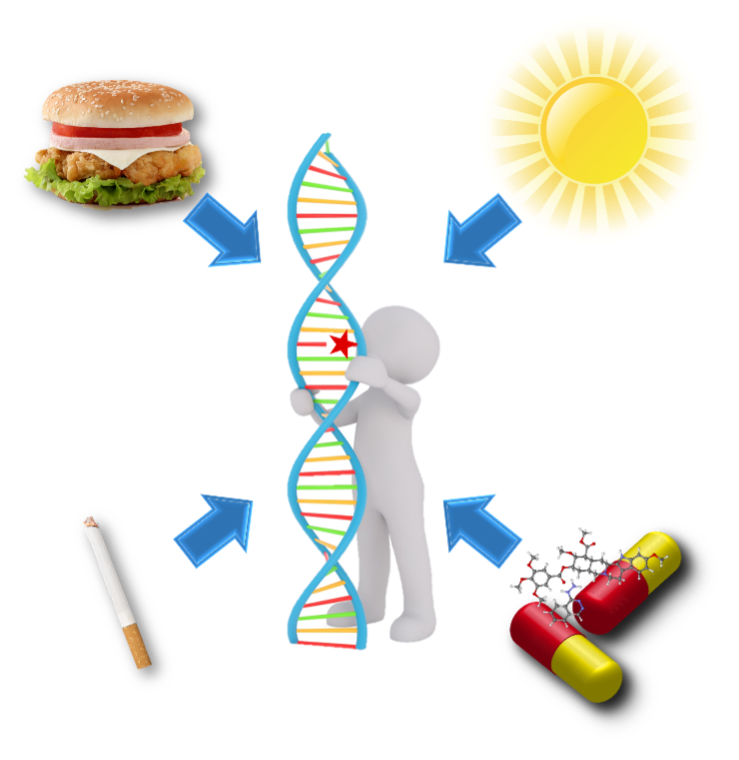
On a daily basis, we are exposed to environmental agents that are a potential risk to human health, for example, sunlight, food related chemicals and environmental toxicants. These agents can damage biomolecules in cells, eventually leading to chronic disease and aging. We are interested in elucidating adverse cellular outcomes that arise from exposure to these ubiquitous environmental toxicants. To this end, we are developing in vitro platforms and high content imaging to measure endpoints of toxicity in cells. In addition, we combine molecular biology and chemical biology approaches to evaluate genomic alternations that arise from exposure to environmental toxicants, in particular UV radiation. Overall, understanding the molecular mechanisms of these processes will allow us to devise predictive models and discover biomarkers for human risk assessment and disease prevention.
Projects
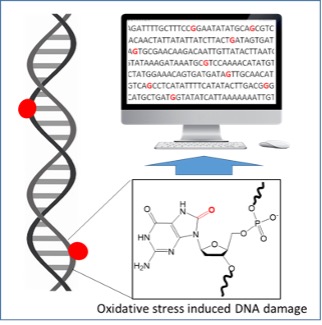
Innovative sequencing methods for DNA oxidation damage. Unraveling patterns of DNA oxidation at single nucleotide resolution
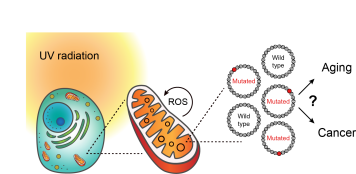
Mechanisms of UV-light-induced mutations in the mitochondrial genome. Evaluating molecular mechanisms of UV radiation on the generation of mitochondrial DNA mutations
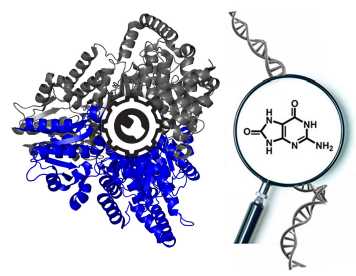
Tailoring DNA Scissors with Engineered High Specificity Glycosylase Enzymes Generating novel glycosylases for diverse biotechnological applications via state-of-the-art protein engineering
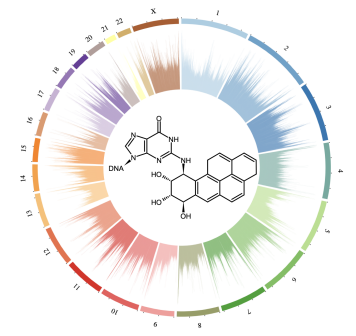
DNA damage sequencing and its link to mutational signatures Understanding chemical precursors of mutational signatures in cancer
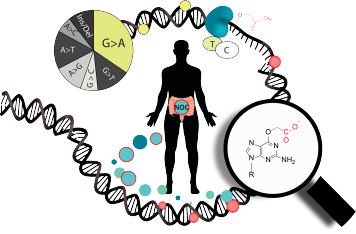
Mutagenicity of O6-Carboxymethylated DNA Is O6-CMG the chemical link between meat consumption and cancer?